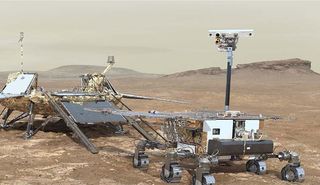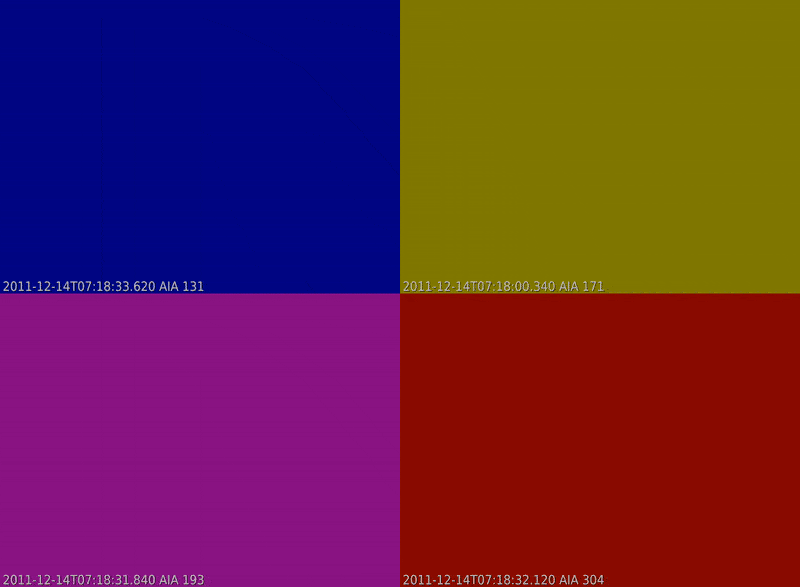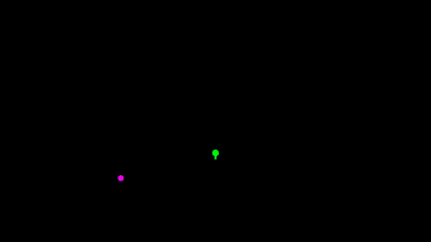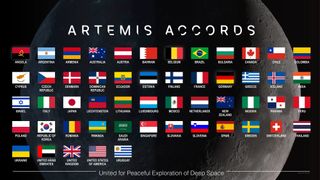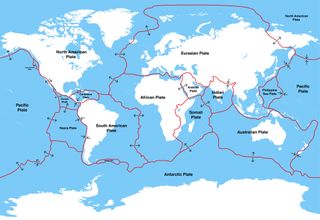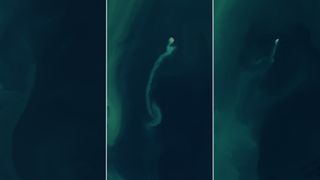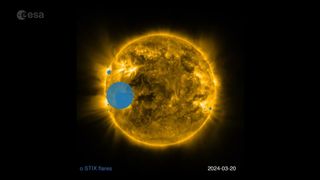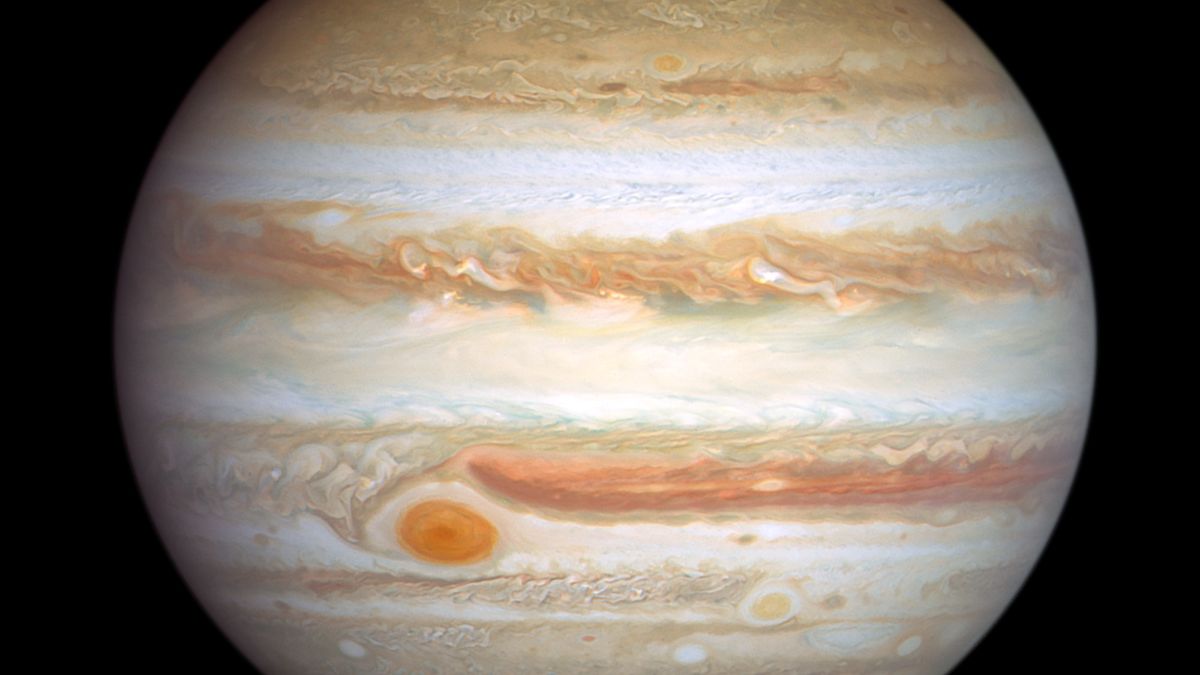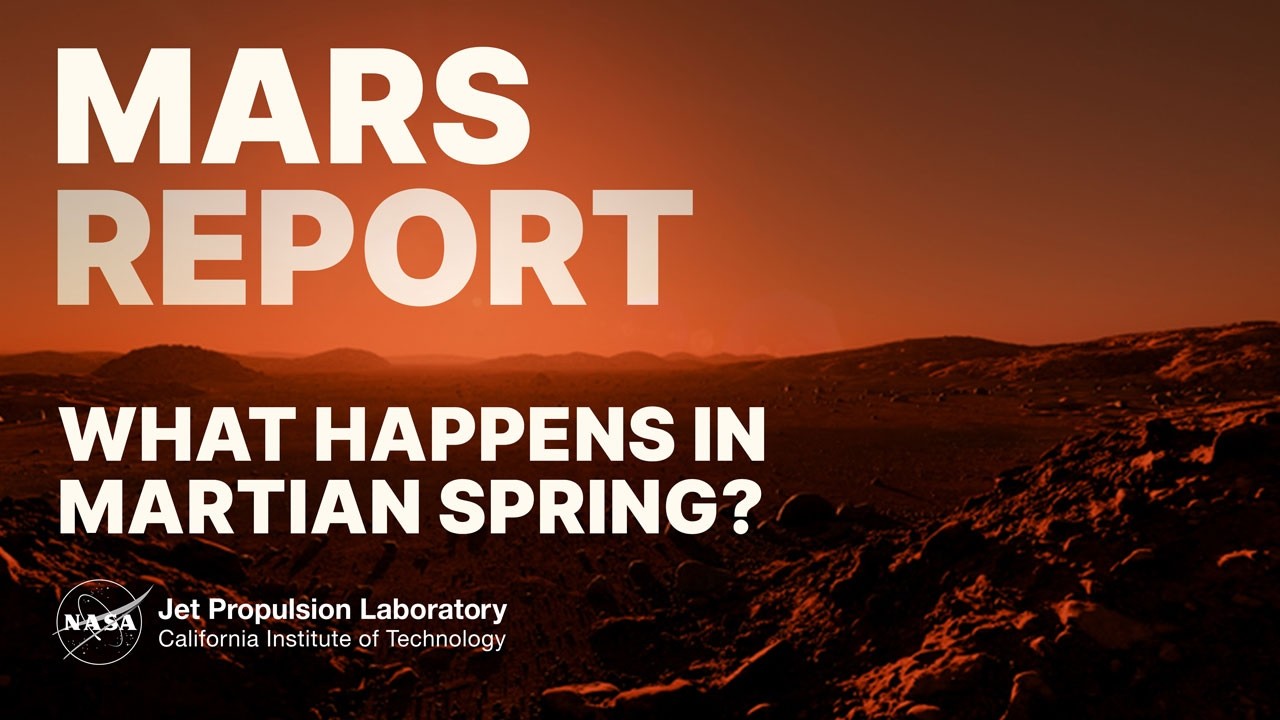Thousands of hills and mounds on Mars have been found to contain layers of clay minerals, which formed when running water interacted with the rocks during a period when Mars’ northern reaches were flooded. “This research shows us that Mars’ climate was dramatically different in the distant past,” Joe McNeil of the Natural History Museum in London said in a statement. “The mounds are rich in clay minerals, meaning liquid water must have been present at the surface in large quantities nearly four billion years ago.” Mars is a planet…
Read MoreTag: Solar System
Invisible ‘flickering’ on the sun could predict potentially dangerous solar flares hours in advance
Shining loops of plasma on the surface of the sun “flicker” hours before they unleash potentially dangerous solar flares, a new study shows. The new findings could help create more reliable space weather forecasts, researchers say. Solar flares are violent outbursts of electromagnetic radiation that shoot from the sun when invisible magnetic field lines at the sun’s surface get twisted up until they eventually snap. These outbursts most commonly occur around sunspots — dark patches where magnetic field lines poke through our home star’s surface — and often pull up…
Read MoreStrange ‘quasi-moon’ of Earth gets named Cardea, after goddess of door hinges
Until we live in a world based purely on sliding doors, door hinges will remain some of the most unsung heroes of our society. We’d still be able to saunter through door frames, sure, but nothing would so seamlessly connect the place we once were with the place we are going. On a metaphorical level, door hinges represent an intermediate state we use to move back and forth, and decide when to lock ourselves in the locations of here or there. It is thus only fitting for a goddess to…
Read MoreEarth’s elusive ‘ignorosphere’ could shed new light on auroras
Japanese scientists have created the first-ever long-term dataset about Earth’s entire atmosphere, stretching all the way to space. They hope the project will help shed light on some little-explored processes taking place inside our planet’s gaseous shroud, including the magnificent northern lights. Some parts of Earth’s atmosphere are studied continuously in incredible detail. For example, millions of weather stations all around the world, hundreds of meteorological balloons and countless airplanes provide daily measurements of the entire troposphere, the atmosphere’s lowest region. The balloons also reach the lower part of the…
Read MoreFinland becomes 53rd country to join the Artemis Accords for moon exploration
The Artemis Accords has just gained its 53rd member nation, bolstering NASA’s efforts to establish peaceful and cooperative international space exploration. Finland joined NASA’s Artemis Accords on Jan. 21 through a signing ceremony that took place on the sidelines of the Winter Satellite Workshop 2025 in Espoo, Finland. The signing makes the Nordic country the latest to commit to the safe and responsible exploration of space that benefits humanity, according to a NASA statement. “Finland has been part of the space exploration community for decades with Finnish companies and research…
Read MoreScientists discover ‘sunken worlds’ hidden deep within Earth’s mantle that shouldn’t be there
Potential patches of Earth’s ancient crust, sometimes called “sunken worlds,” may have just been discovered deep within the mantle, thanks to a new way of mapping the inside of our planet. However, these mysterious blobs appear in places they should not, leaving researchers scratching their heads. For decades, scientists have been building up a better picture of Earth’s interior by using seismographs — 3D images created by measuring how seismic waves from earthquakes reverberate deep within our planet. This method has helped scientists identify ancient sections of the planet’s crust,…
Read MoreSatellites watch ‘ghost island’ solidify in the Caspian Sea before disappearing (photos)
We like to think of land as a fairly static thing, considering that’s where we spend the majority of our lives. And to think that the ground is ever-changing, well, that’s a bit unsettling. But the reality is land is always changing — perhaps nowhere more so than at the Kumani Bank mud volcano, also known as Chigil-Deniz, some 15 miles (25 km) off the coast of Azerbaijan in the Caspian Sea. The NASA Earth Observatory has released a series of images taken with the Operational Land Imager (OLI) and…
Read MoreScientists turn 3 years’ worth of solar flares into audible sound (video)
If you’re more of an auditory learner than a visual one, this timelapse video is for you. (And, well, visual learners will probably love it, too!) The European Space Agency (ESA) has released an audio-visual representation of solar activity over the last three years, pulling data from its Solar Orbiter probe, which it runs with NASA. In the video, we see blue circles popping up across the surface of the sun — and audible tones paired with each of these circles. As time progresses toward the present day, the frequency…
Read MoreAn amateur astronomer used an old technique to study Jupiter — and found something strange
Scientists and amateur astronomers have teamed up to upend a long-held assumption that Jupiter’s iconic swirling clouds are made of frozen ammonia — a pretty foundational revelation about the gas giant we thought we knew well. Using commercially available telescopes and spectral filters, an amateur astronomer named Steve Hill collected data to map the abundance of ammonia in Jupiter‘s atmosphere, but Hill ultimately found something that contradicted previous models of the gas giant’s atmospheric composition to begin with. “I was intrigued!” Patrick Irwin from the University of Oxford told Space.com.…
Read MoreSpringtime on Mars brings frost avalanches, gas geysers and explosions (photos)
Instead of chilled glasses and champagne bubbles to ring in the New Year, how about gassy geysers and frosty avalanches? That’s exactly what you can expect as the Martian New Year begins on the Red Planet with the onset of spring across its Northern Hemisphere. The term “walking in a winter wonderland” on Mars consists more like sprinting across the surface, having to dodge the crash of cliffsides and explosions of carbon dioxide. Unlike our northern hemisphere on Earth, on the Red Planet, the new year starts off with the…
Read More